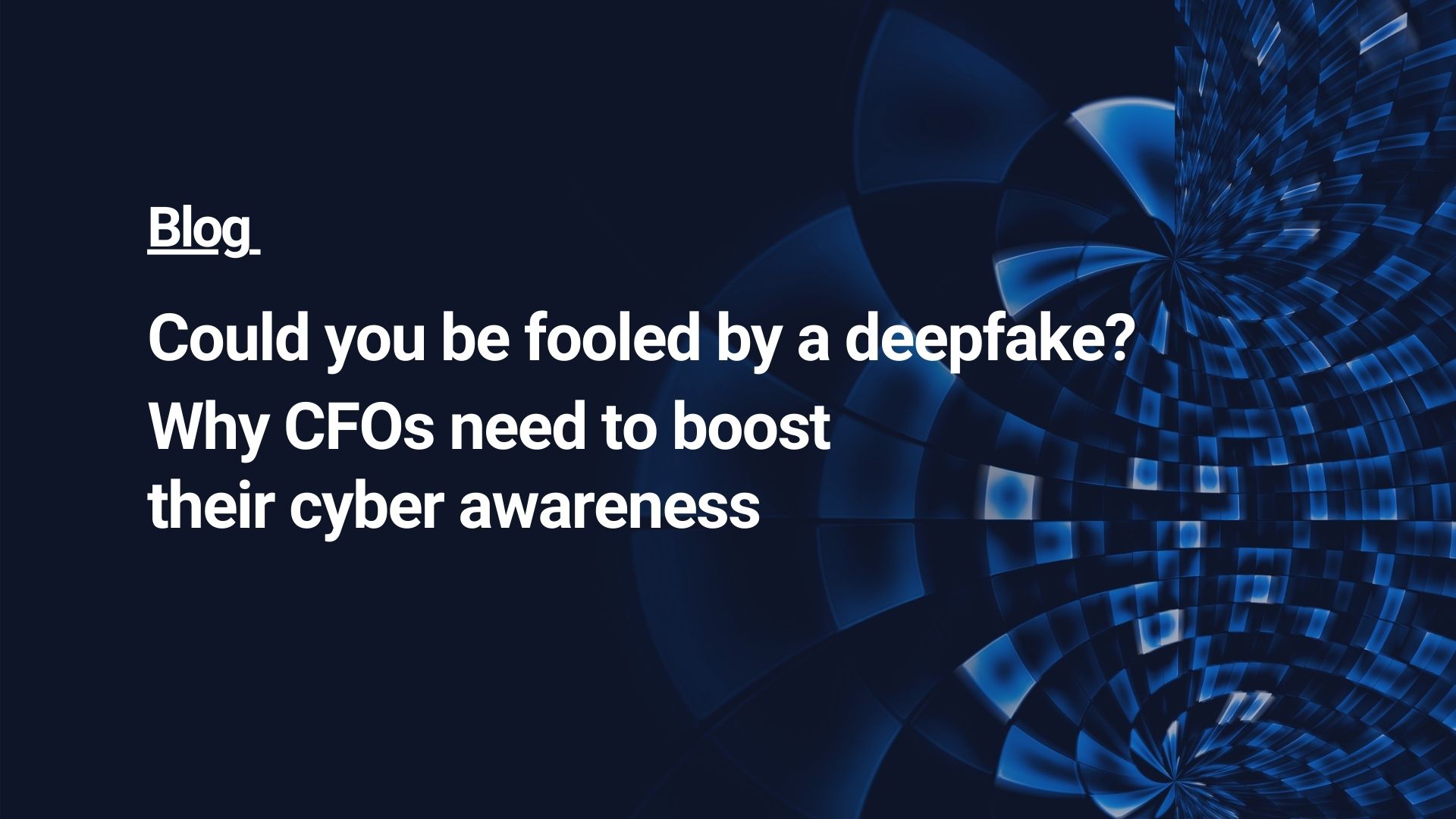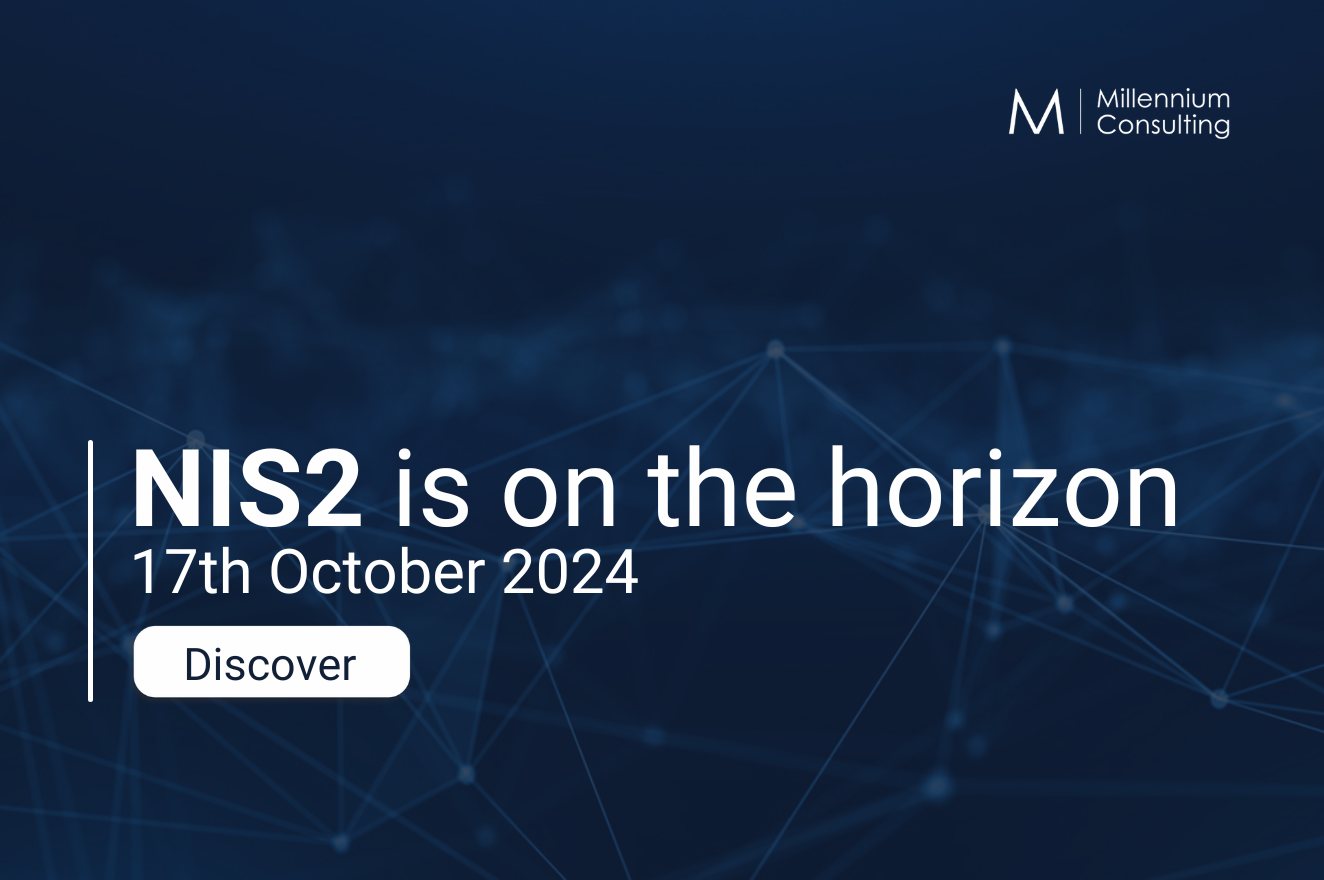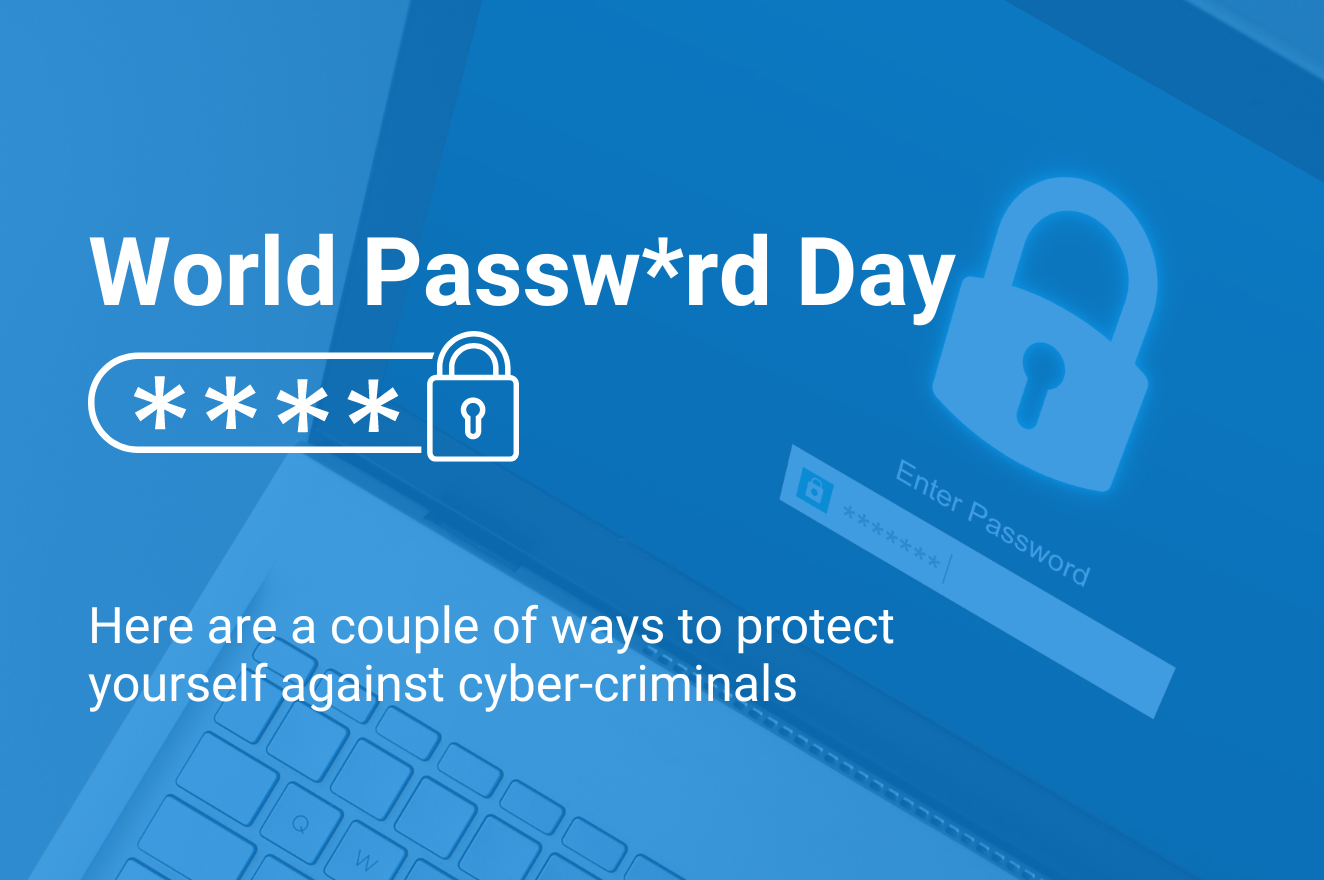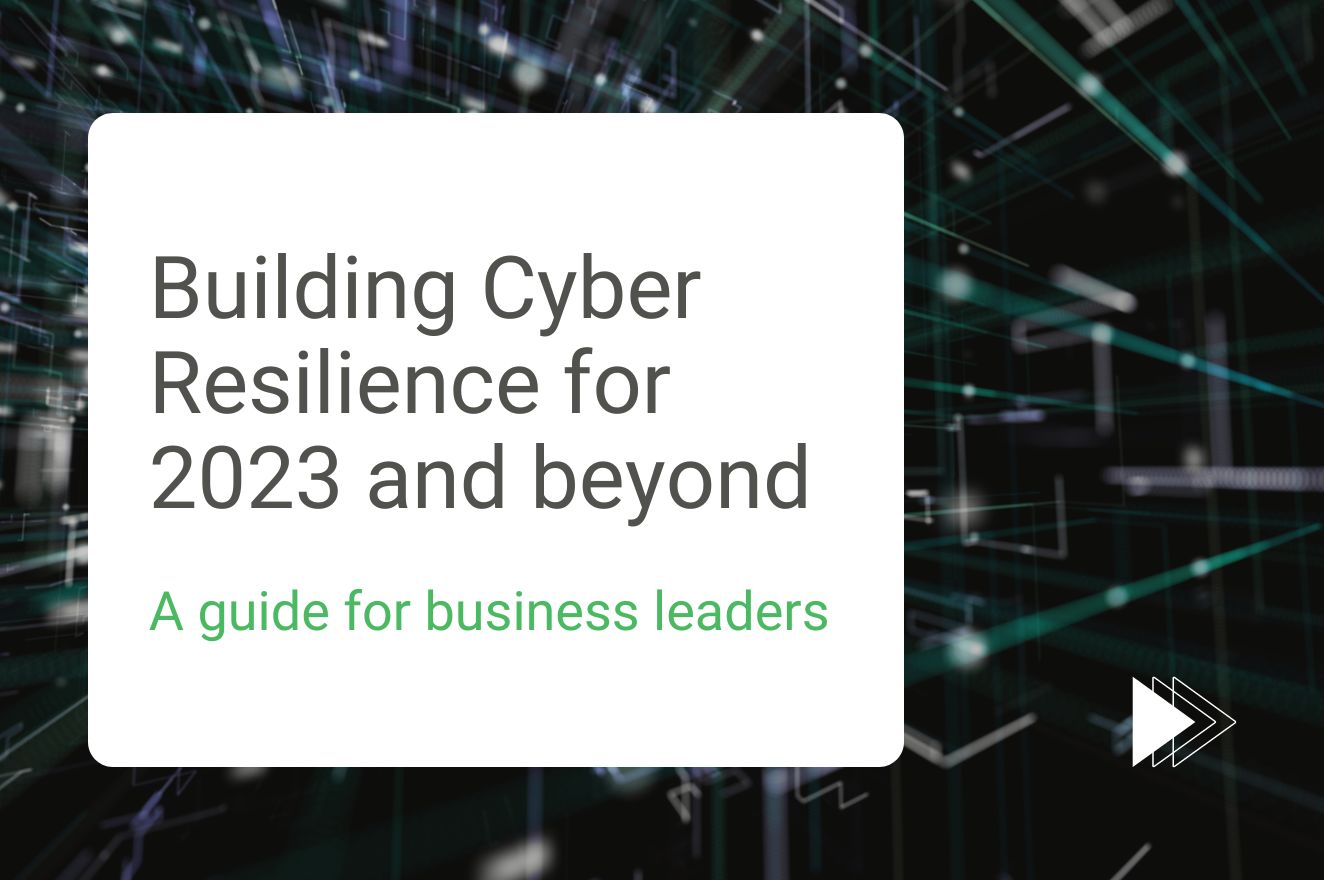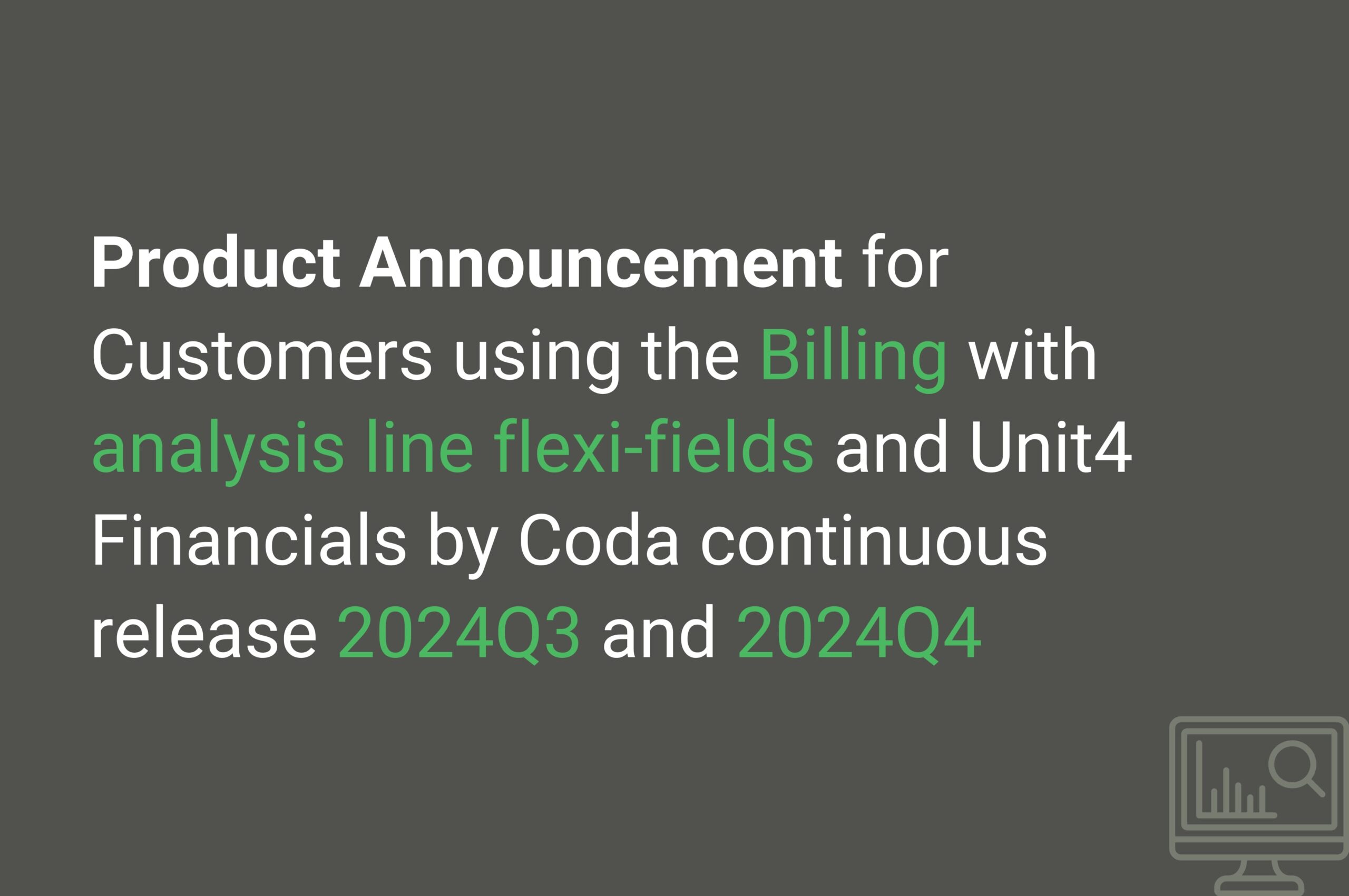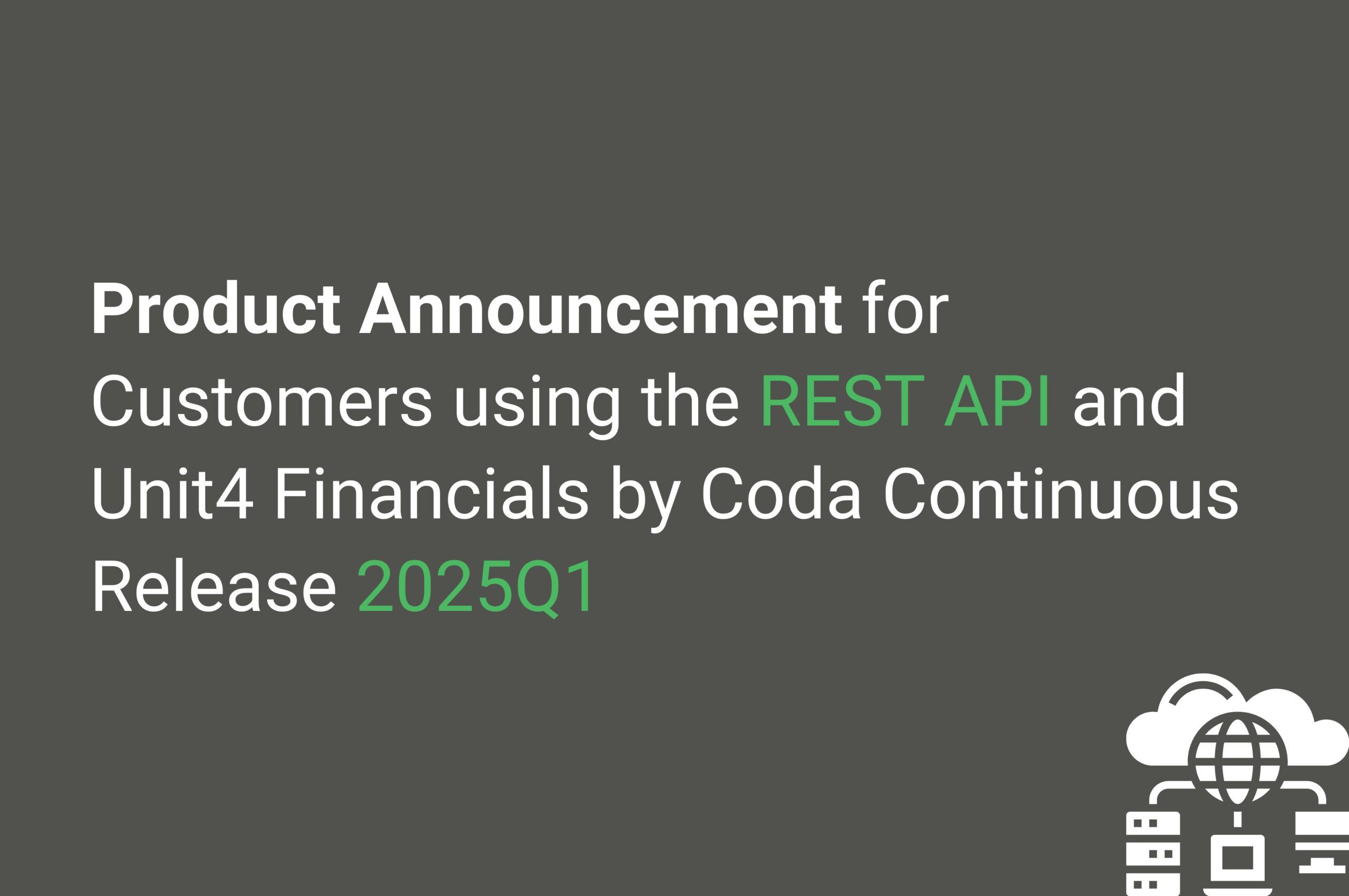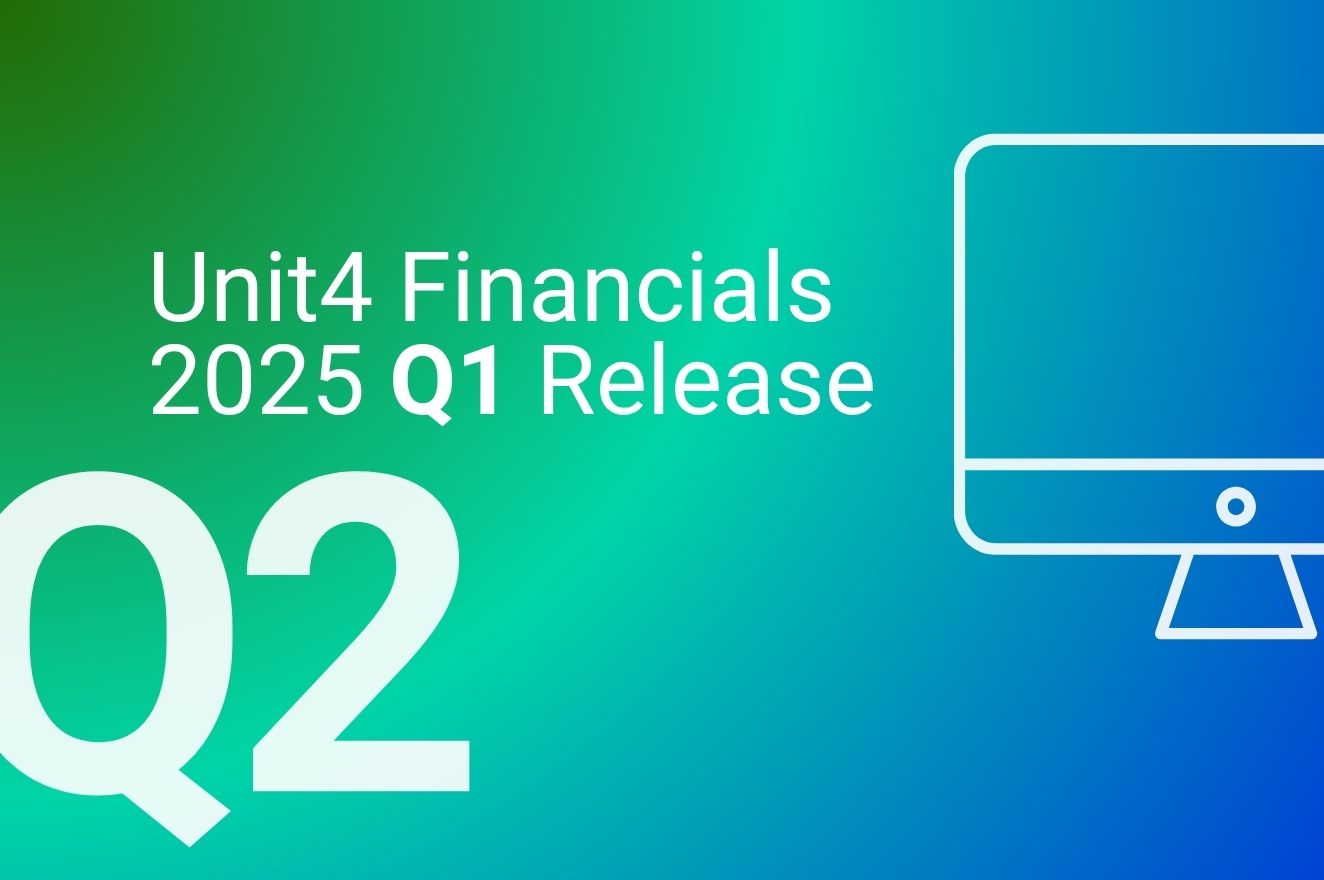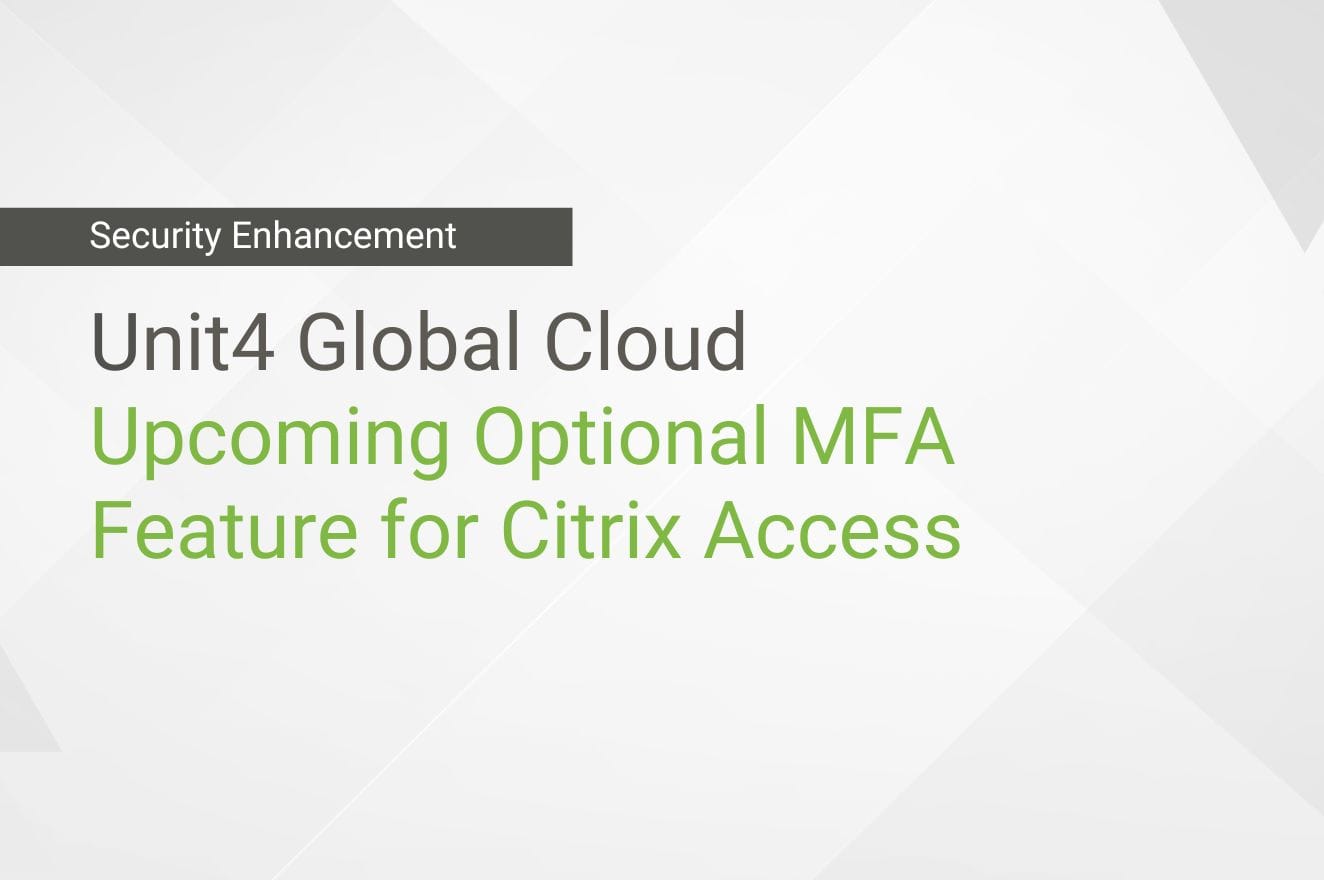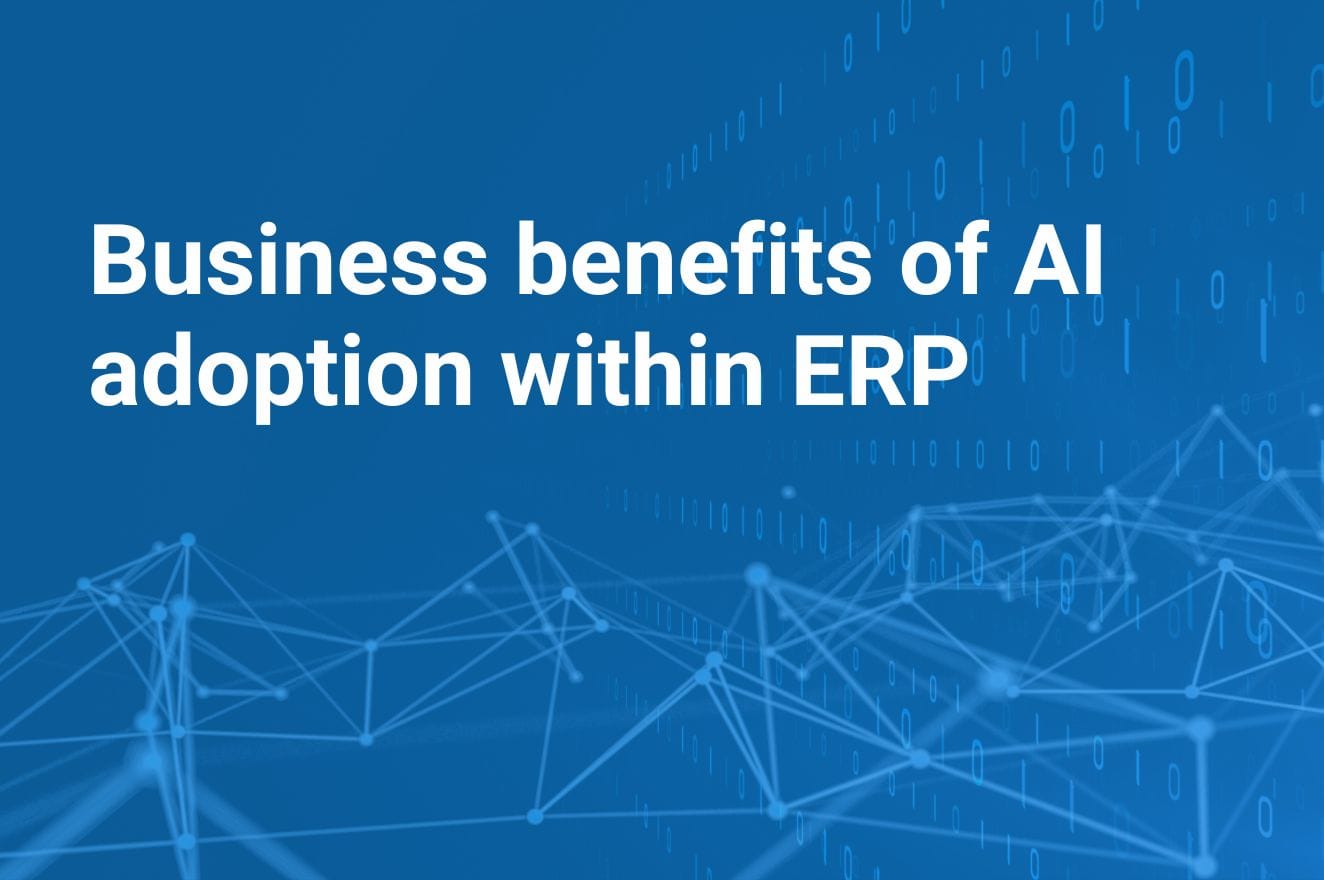Could you be fooled by a deepfake? Why CFOs need to boost their cyber awareness
Could you be fooled by a deepfake? Why CFOs need to boost their cyber awareness
Over the past few years, the social engineering threat has stepped up a gear, with criminals putting AI to work to mount spectacularly convincing fraud scams. As keepers of the purse strings, corporate finance professionals are prime targets in this new wave of cybercrime.
Here’s a closer look at the evolving social engineering landscape and the guardrails you should have in place to keep your business safe.
Deepfakes: no longer the stuff of sci-fi
Last year, CFO Dive reported how the UK engineering group Arup lost approximately $25 million after scammers used AI-generated “deepfakes” to pose as the company’s CFO and dupe an employee to transfer cash into a number of bank accounts. An Arup staff member got a fake message, claiming to be from the company’s CFO, regarding a “confidential transaction”. Following a video conference with the false CFO and other AI-generated employees, the employee executed transactions to five different Hong Kong-based banks.
In July, a Ferrari executive received a series of messages from an unknown number, purporting to be from the company’s CEO, Benedetto Vigna. The messages detailed a company acquisition, advising the Ferrari exec to maintain discretion and that an NDA would be needed. Following the texts, the executive received a phone call from the same number, with the caller mimicking Vigna’s distinctive voice (subsequent inquiries revealed that this had been created with an AI voice clone). Despite the scenario’s plausibility, the executive grew suspicious of certain aspects of the caller’s intonation. The exec asked the caller the name of a book Vigna had recommended to him just a few days earlier. The call suddenly ended.
How common is the deepfake problem?
Evidence suggests that sophisticated AI-driven fraud is now part of the mainstream.
A 2024 Medius poll of 1,533 US and UK finance professionals suggested that just over half (53%) of corporations have been targeted with financial scams using deepfake technology, with 43% falling victim to such attacks. Another report suggested that in 2023, deepfake incidents targeting the fintech sector increased by 700%.
According to Deloitte’s Center for Financial Services, total losses from financial fraud in 2023 amounted to $12.3 billion. By 2027, generative AI is predicted to enable losses to reach $40 billion.
The most popular deepfake techniques include the following:
- Deepfake voice scams. With just a few seconds of audio, scammers use AI tools to clone a person’s voice. They then make fake phone calls or submit voicemails impersonating key company insiders
- Deepfake video scams. Based on snippets from, for example, YouTube or corporate webinars, AI can generate fake video footage of a real person. The level of sophistication in this area has now reached a point where it is possible to clone a company executive’s face and voice to conduct entire real-time video conference calls
- Fake ID and social media scams. AI can generate realistic fake profile pictures for scam accounts. These profiles can then be used as broader corporate fraud attempts
- Fake AI-generated documents. AI can create counterfeit passports, IDs and other documents. These forgeries can help scammers bypass security checks in financial fraud and identity theft scams
A big part of the problem is that deepfake technology is available to pretty much anyone – if you know where to look. A booming dark web cottage industry sells scamming software of various levels of sophistication from $20 to thousands of dollars. You do not need advanced AI skills to mount an attack; you need cash.
Deepfakes and the wider social engineering landscape
Phishing – i.e. scammers attempting to trick people into revealing sensitive information – has long been part of the cyber threat landscape. An estimated 3.4 billion emails a day are sent by cybercriminals, designed to look like they come from trusted senders, which amounts to over a trillion phishing emails per year.
Finance leaders must be especially wary of ‘bespoke’, personalised attacks. Spear phishing is where messages – ostensibly from a known or trusted party, such as a supplier or customer – are sent to targeted individuals to induce them to reveal information or take specific actions. A highly refined version of this is known as “whaling”, where precisely engineered spoofing messages are created to trick CEOs, CFOs, and other senior stakeholders.
According to Barracuda, spear phishing campaigns make up only 0.1% of all email-based phishing attacks but are responsible for 66% of all breaches. The more targeted and personalised the social engineering campaign, the more likely it is to be successful.
Against this backdrop, deepfake technology extends the fraudster’s toolkit. It sits alongside existing phishing techniques, injecting them with an extra layer of realism.
For example, an attacker does some homework on your company. They obtain the details of your CEO and finance team members via LinkedIn. They hone in on an individual whose job title suggests the authority to execute substantial cash transfers. Looking at the company news section of your website, they also notice details of a couple of new deals or partnerships that they can use as possible backdrops from which to concoct a story.
Lifted from a webinar on your site, they have an excellent data extract of your CEO’s voice. Using a replication tool purchased on the dark web, they can use this for cloning and live voice manipulation.
Using a spoof email, they message the finance team member, pretending to be the CEO. The message requests a quick chat to discuss an urgent transaction. A call is arranged, and the fake CEO tells the employee where to send the cash.
How to prevent deepfake attacks
Good practice includes the following:
Raise awareness
Most cyber attack techniques rely on human vulnerability, carelessness, and/or a lack of awareness on the victim’s part. This applies to all types of social engineering, including deepfakes.
As we’ve seen, there’s nothing new about phishing, so you should have awareness training in place already (if not, this is an area that needs to be addressed). This should include training on the telltale signs of phishing to look out for, such as irregular email domains or attachments, display name mismatch, or an undue sense of urgency within requests.
Update your training to cover the threats raised by advanced AI. This should include the signs of deepfake attacks, such as unnatural facial movements and expressions, slight visual distortions and imperfect lip synching in video, and slightly robotic speech patterns and inconsistent tone in audio.
Have set procedures in place
Scammers thrive on inconsistency. If payments are routinely made in an ad-hoc way within a company, it becomes much more challenging for employees to spot a fake email, call, or Zoom session from a genuine one.
Especially for financial transactions, ensure you have set consistent protocols. Examples of this may include:
- The requirement that every request needs to be accompanied by an invoice and submitted in a set format
- Multi-factor authentication, e.g. requiring at least two levels of authentication for payment approvals
- One-time passwords for high-value transactions
- Multi-person approval systems
- A strict call-back policy for unusual requests
Ensure that the rules apply to everyone
Threat actors also prey on the fact that a kind of “Do you know who I am?” culture exists in many organisations. It’s easy to pull rank if you’re a senior exec. So, if you need a payment to be actioned, instead of following the relevant workflow, you telephone someone in accounts and tell them to make it happen.
This is precisely why highly personalised attacks involving senior stakeholders are so popular with fraudsters. If people at the top are routinely bypassing your safeguards, they start to lose effectiveness quickly!
What next? Future-proofing your information security stance
The rapid rise of deepfake attack techniques in such a short time highlights that no company can afford to stand still when it comes to cyber security. Risk analysis, awareness training, multi-layer defence strategies, and optimisation of transaction procedures all demand regular reappraisal and constant vigilance.
So are you currently making the right choices regarding keeping your business safe? Where are your vulnerabilities, and how can they be addressed? This is where Millennium Consulting can help. Combining expertise in cybersecurity and optimisation of office of finance processes, our consultants can review your existing processes, identify your weak points, fill in any skills gaps you may have, and ensure the implementation of an information security framework tailored to your specific needs.
Millennium Consulting Awarded ISO27001 & ISO9001 Certification
January 2025
Updating and re-validation of our ISO 9001 & 27001 certification to the globally recognised UK Government UKAS standard. The ISO 27001 certification now aligns with the latest ISO 27001:2022 standard.

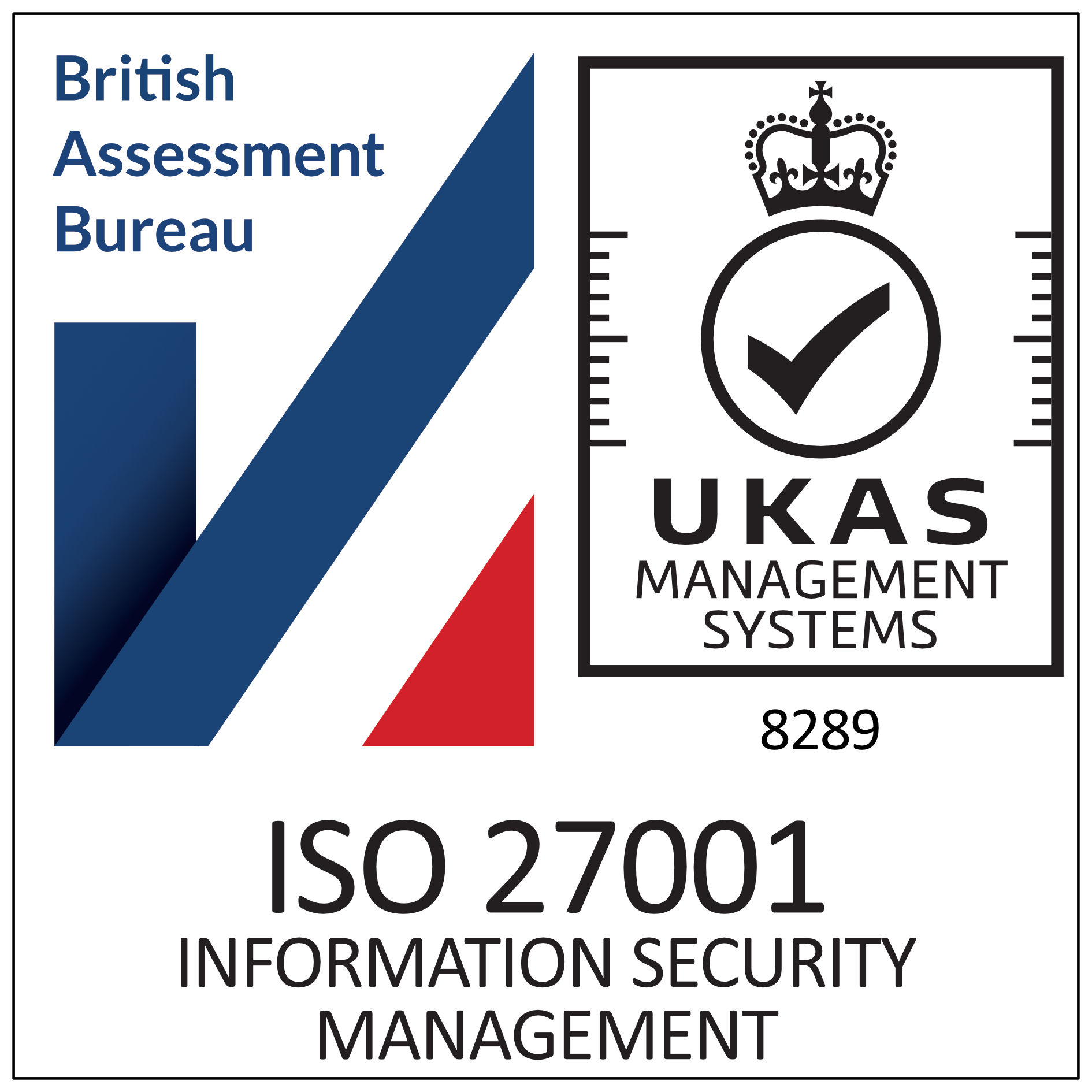
Information Security Best Practice: what to look for when choosing a consultancy partner
Information Security Best Practice: what to look for when choosing a consultancy partner
Your business takes its cyber and information security obligations seriously. But can the same be said of your partners? When appraising potential consultants and service providers, these are the trust indicators to look for.
Avoiding exposure: What makes a technology consultancy a potential infosec weak point?
What attributes do you look for when choosing a consultant to work with? Inside-out knowledge is a must-have. So, too, is responsiveness; you need a partner who ‘gets’ what you need and will work with you to deliver it. And especially when it comes to digital transformation, most decision-makers also want to see clear evidence of program success: “This is a significant move for our company, so can this consultancy actually deliver what we are aiming to achieve?”.
Alongside this, information security is a further area you need to look closely at. With any technological consultancy arrangement, there is an element of handing over the keys to the kingdom or, at the very least, a back-and-forth flow of some sensitive information. Depending on the project, your partner will need detailed information about – and often, direct access to – critical systems, processes, and data.
Threat actors are all too aware of this. They know that when they successfully infiltrate a professional services provider, IT consultancy, or software implementation partner, it potentially opens a rich treasure trove, exposing sensitive data relating to each and every one of their target’s clients.
According to Security Magazine, third-party attack vectors are responsible for 29% of all breaches. Three quarters of these third-party breaches are linked to software products and technological services.
An estimated 60% of organisations use cyber security risk as a key factor when determining transactions and business engagements with third parties, which suggests that a significant minority may be failing to give it proper thought. When it comes to technology projects and process transformation, this risk needs to be on the radar of every business.
So how can you tell if a particular consultancy takes cyber risks and information security seriously? Here are the areas to focus on…
They Have the Right Accreditations
To understand your business, your consultant will need to see items such as your business process maps, details of internal procedures, information on existing system priorities and vulnerabilities, and more general information linked to your future and growth strategies. Once the project is underway, they may need to move or process segments of your data across multiple locations or export it for analysis or testing. Obviously, you do not want this to fall into the wrong hands.
Look for consultancies that have been independently verified as having what it takes to keep your information safe. Probably the single most valuable trust indicator here is ISO 27001. If your consultant has an up-to-date ISO 27001 certification, it shows they have an effective ISMS (information security management system) in place. This means the following:
- The consultancy has identified the risks to which its information assets – and clients – are exposed.
- It has appropriate measures (i.e., controls) to protect those assets.
- It has a clear action plan in case of an information security breach.
- It adheres to clear accountability and auditability principles: i.e. you know exactly who the individuals responsible are for each step of the information security process.
They Embrace Security by Design
Security by Design (SbD) means that security is considered an integral part of a project at the beginning rather than being layered in later as an afterthought. It means that appropriate security measures are hardwired into new systems or processes at the outset, helping you avoid costly-post-deployment security fixes.
You can learn a lot about whether a particular consultancy takes SbD seriously by the questions they ask you as part of any initial needs appraisal process. The main point of this is to establish how you operate, what you want to achieve, and what needs to be done to help you reach your goals. At the same time, however, an SbD-focused consultant should also explore areas such as the nature and sensitivity of the data you hold, who need access to it, and details of any specific regulatory frameworks that apply to your business. Right from this early encounter, a consultant should consider the information security risks your business faces and factor them into their proposals and recommendations.
They Maintain Appropriate Safeguards
It’s easy for a business to claim that they prioritise information security. The proof is in the action they take. If a consultancy takes its responsibilities seriously, you should expect to see the following types of safeguards in place:
- The consultancy has an information security policy in place
- Regular security audits and risk assessments are carried out
- They follow a recognised information security framework (e.g. ISO 27001). They have up-to-date accreditation to demonstrate this
- There are clear measures in place to protect client data, including encryption for data at rest and in transit, access controls, and secure storage
- Special care is taken with personally identifiable information (PII) and other categories of sensitive data. This includes GDPR compliance
- If they need to do system or application testing using PII, this is anonymized or pseudonymized beforehand
- Access to client systems and data is closely managed. This includes the application of the principle of least privilege (PoLP)
- Auditability is taken seriously: they can track and log consultant access to client environments
- Care is taken to revoke access after project completion
- Appropriate DevSecOps practices are followed for software implementations
- Incident response and disaster recovery plans are both in place and verifiable. This includes clear procedures for notifying clients in the event of an information security breach
Millennium Consulting: De-Risking Your Business Transformation Journey
Reputation counts for a lot when it comes to information security. The same goes for longevity.
In its 30-plus years of operating, Millennium Consulting has delivered significant business transformation projects for hundreds of organisations, including businesses in some of the most tightly regulated sectors out there.
Our approach to information security is a big part of our success and longevity. Far from being an afterthought, cyber and infosec best practices are hardwired into everything we do.
To discover more about de-risking and successfully transforming your business, speak to us today.
Millennium Consulting Awarded ISO27001 & ISO9001 Certification
January 2025
Updating and re-validation of our ISO 9001 & 27001 certification to the globally recognised UK Government UKAS standard. The ISO 27001 certification now aligns with the latest ISO 27001:2022 standard.


Protecting Financial Data: Cybersecurity Considerations for 2024
Cybersecurity for CFOs
Protecting Financial Data: Cybersecurity Considerations for 2024
Far from being just a niche concern for your IT department, cybersecurity is everyone’s business. This is especially true of finance leaders; not least because the operational, financial, and reputational consequences of a major data breach will inevitably land in your lap.
Is your business doing enough to safeguard financial data? What cyber considerations need to be front of mind when you introduce new workflows and technologies to aid finance transformation? As we move into 2024, here are the areas you need to get on top of…
Risks and repercussions: cybersecurity and financial data
Recent statistics suggest that the volume of cyber-attacks is increasing. The consequences of a breach are also becoming more severe. To illustrate this, here’s a snapshot of the current data protection and cybersecurity landscape:
Cyber-attacks are becoming more prevalent. According to SonicWall, there were 6.3 trillion intrusion attempts globally in 2022 alone. CPR indicates that last year there was a 38% year-on-year increase in the global volume of attacks.
This broad trend is expected to continue, as demonstrated by the stats linked to ransomware attacks (whereby threat actors block access to data or systems to extort money from their victims). In 2021, it was estimated that someone somewhere falls victim to a ransomware attack every 11 seconds. By the next decade, it is predicted that every two seconds an individual, business or device will be attacked.
Financial data is particularly prone to exploitation. The vast majority (95%) of security breaches are driven by financial motivations, with around 65% of threat actors thought to be linked to organised crime. According to IBM, customer personal identifying information (including personal financial data) was the most breached data record type in 2023. This category of data compromise made up 52% of all breaches.
Data breaches are increasingly costly for your business. In 2023, the global average cost of a data breach was USD 4.45 million – 15% higher than in 2021. Of all data categories, customer personally identifiable information costs businesses the most when breached: USD 183 per record on average. 84% of businesses hit by ransomware experience lost revenue. Around 40% of companies will lay off employees as a result.
Building a culture of security in finance
More than a third of all data breaches involve phishing, whereby criminals use fake messages (usually emails) to dupe users into downloading malware, giving away information, or executing fraudulent transactions.
This fact helps explain why even the world’s largest and best-resourced enterprises still get hit with catastrophic security events. Your business may already have firewalls, intrusion detection, anti-malware software, and a host of other cybersecurity measures in place. But if an unsuspecting employee clicks on a malicious link or downloads something they shouldn’t, those basic breach-prevention measures count for little.
The finance function is not only seen as the financial gatekeeper but also the place where lots of sensitive, exploitable data resides. As such, your finance team presents a particularly attractive target to phishing scammers. This includes so-called ‘spear phishing’ and ‘whale hunting’ exploits, whereby criminals deliberately identify and target key business insiders with heavily personalised (and often, very convincing) fake messages.
Action Points for Finance Leaders
It can be easy to regard cybersecurity as “not my domain”, or “something that the IT people take care of”. It’s almost certainly the case that your team members have been provided with the company’s safe usage policies. But to what extent is there a culture of compliance – and how much oversight do you provide?
Individuals tend to be the weak point in the cybersecurity chain. You can mitigate this with effective, relevant security training – including, for instance, simulations replicating real-world attacks. You can only build a culture of security compliance if your team members are fully aware of what’s expected of them – and why it’s important.
Hardwiring security into your finance transformation strategy
One current and ongoing area of focus for Millennium Consulting is helping its Unit4 Financials by Coda customers to transition from an on-premise to Cloud-based software instance . Already, these customers are leveraging the benefits of Cloud deployment, including quicker access to new functionality, ease of maintenance, and lower cost of ownership.
For many finance departments, a shift to the Cloud is just one element of a wider transformation strategy. Initiatives such as automating core processes, and adoption of advanced analytics have obvious benefits in terms of boosting your decision-making capabilities and staying ahead of the competition.
However, it is also worth bearing in mind that your finance transformation will have inevitable consequences for both cybersecurity and data protection. For instance, if you are shifting sensitive financial data to the Cloud, can you still ensure that your compliance obligations governing data storage and transfer are being met? To what extent will new tools and changes to your data architecture (particularly around data integration) alter your vulnerability to cyber-attacks?
Action Points for Finance Leaders
Let’s say you are weighing up a range of software vendors and deployment options as part of a process optimisation initiative. You’re focused on the essentials (e.g. functionality, ease of integration – and not to mention cost). But where does cybersecurity fit in the decision-making process?
Security considerations need to be part of your deliberations right from the outset – rather than it being something your IT team thinks about after procurement decisions have been made.
Some initiatives – e.g. increased data integration and the shift to the cloud – may require your technical team to touch on areas of cybersecurity knowledge that they are unfamiliar with. What will be required in designing and implementing a robust security architecture for your new cloud environment? What additional skills will you need to bring onboard, and what will be the likely costs involved?
External expertise can be highly valuable, both for making ‘secure-by-design’ procurement decisions, and for implementing the changes necessary to secure your new environment.
Maintaining visibility across a complex IT ecosystem
Both in finance and across the wider business, one of the longer-term consequences of the pandemic is that many employees have much greater leeway in when and where work gets done.
Following on from this, Gartner has recently picked up on a trend of what it calls “radical flexibility.” In other words, employees in 2024 often crave much greater flexibility in deciding how work gets done – including their choice of tools for the task at hand.
So, what might this mean for keeping financial data secure?
Well let’s say one of the finance teams needs a better way to visualise and present some data, or a tool to manage a new regulatory requirement. A decade or so ago, this would probably have meant contacting their manager. A solution would be sourced; IT would then check that it’s safe before installing and configuring it.
Fast forward to the present, and an employee can bypass these steps altogether. They have an issue; they find something suitable on the app store, sign up using the company’s details – and the problem is solved.
This gives rise to the issue of shadow IT; whereby software or other assets are added to an enterprise network, without IT knowledge, approval, or proper oversight.
This can be wasteful, with multiple employees potentially signing up for the same or very similar tools (one estimate suggests that the average enterprise wastes over £105,000 annually on duplicate/unnecessary license spending). It can also give rise to multiple security and governance risks. Assets from untrusted – or even malicious – sources can easily find their way into your network, and sensitive data could end up being processed, stored, or exposed in a way that significantly increases the chance of a serious data breach.
Action Points for Finance Leaders
In part, the potential risks associated with shadow IT can be mitigated (once again) with comprehensive employee training, including clear policies to prevent the use of unauthorised apps across your network. This should be accompanied by IT asset management processes and licensing management tools so that IT can maintain a clear and complete view of the applications in play across your IT environment.
Alongside this, if you want to prevent employees using unsanctioned workarounds for business-related problems, finance leaders need to ensure that employees have the right tools for the job. For instance, are you still relying on unwieldy legacy technologies for close & consolidation and other time-consuming tasks? Are there better ways to handle new IFRS requirements? Is there a user-friendly solution out there for visualising data?
If you can address these types of problems, the need for employees resorting to shadow applications is effectively removed.
What next? Making the right choices for safeguarding your data
There is no quick fix for eliminating cybersecurity risks. The right mindset to adopt is often described as the “assumed breach” stance. In essence, this involves acknowledging that breaches will happen and putting the right range of measures in place to protect your data and your business accordingly.
So what measures are appropriate for your business? This is where Millennium Consulting can help. Combining expertise in both cybersecurity and finance transformation, our consultants can review your existing processes, identify your weak points, fill in any skills gaps you may have, and ensure the implementation of a cybersecurity framework that’s tailored to your specific needs.
NIS2 is on the horizon
Cyber
NIS2 is on the horizon
On October 17th 2024, NIS2 will replace and update the older NIS (Network and Information System) regulations. NIS regulations for the EU and UK improve cybersecurity and cyber resilience across critical systems and infrastructure.
The EU has refreshed and expanded the scope of NIS in NIS2. If you provide any of the following services in the EU or your business offers Infomation Technologies services or products to an organisation in scope, you will want to check your business is compliant.
*The UK is still reviewing its own NIS regulation.
Sectors covered by the NIS Directive

Transport

Banking

Financial markets

Drinking water

Digital infrastructure

Energy

Health sector
Understanding NIS2
NIS2 is a set of regulations designed to enhance the cybersecurity of critical infrastructure and digital services across the European Union. Building upon its predecessor, NIS, NIS2 emphasises risk management, cooperation between Member States, and protecting essential services against cyber threats.
The NIS2 directive matters for several reasons:

Cybersecurity is a growing concern:
With cyberattacks’ increasing frequency and sophistication, bolstering cybersecurity measures has become paramount.

Protection of critical infrastructure:
NIS2 aims to protect critical infrastructure such as energy, transport, healthcare, and financial services. A successful cyberattack on these sectors could have devastating consequences, making NIS2’s provisions essential.

Cross-border collaboration:
NIS2 encourages Member States to collaborate on cybersecurity matters. In an interconnected world, cyber threats know no borders, and cooperation is vital for effective defence.
Extended scope for the NIS2 Directive

Postal & courier services

Manufacture of certain critical products

Water waste management

Public administration

Manufacture, production and distribution of chemicals

Providers of public electronic communications networks or services

Digital services

Food production, processing and distribution

Research

Space

Digital service providers
The countdown begins
With the NIS2 deadline just one year away, now is the time to take action. Here are some steps you can consider:

Assess your compliance:
If your organisation operates within the EU and falls under the scope of NIS2, thoroughly assess your current cybersecurity measures. Identify gaps and areas that need improvement.

Seek expert guidance:
Consider engaging cybersecurity experts who can help you navigate the complexities of NIS2 compliance. They can provide valuable insights and recommendations tailored to your specific needs.

Develop a compliance strategy:
Create a roadmap for achieving NIS2 compliance within the given timeframe. This may involve policy updates, technology upgrades, and staff training.

Stay informed:
Stay updated on any changes or clarifications to NIS2 requirements. Regulations can evolve, so you must remain informed to adapt your compliance efforts accordingly, find here.
If you need any help regarding NIS2 compliance, Millennium Consulting offers Information security support, and if you are a Millennium+ customer, you can utilise your support time for this service.
Safeguarding the Energy Sector and Beyond
Cybersecurity
August 2023
Safeguarding the Energy Sector and Beyond
As we fight to keep greenhouse gas emissions under control and keep household bills at affordable levels, new technologies will help the energy, utility and infrastructure sectors become more efficient and move toward Net Zero.
However, at a time when the energy sector should be taking advantage of these new technologies, it faces ever-growing risks from cybercriminals. These attacks, the protection measures used to combat them, and the legislation designed to protect everyone can heavily impact the adoption of new technology.
A look at current threats and opportunities will help business leaders in all sectors see the need for a cybersecurity outlook when introducing new technology safely; this expertise can also help you get the most out of a project.
Supply Chain Risk: SolarWinds and MoveIT
Take all the hardware and software that runs your business (unless you build and develop everything in-house). You will buy some of these as goods and services from other companies, this is your technology supply chain and in doing so, potentially expose yourself to vulnerabilities out of your control.
So, an attack directed at your company only needs to find the weakest link in your supply chain. Supply chain attack is not a theory; it is an ever-growing problem, especially if the vulnerability lets an attacker get ransomware in and data out.
The two most significant examples in recent years have been via Solarwinds product Orion (An IT administration platform with 33,000 customers) attack managed to push access for the attackers into an update. Now we have MoveIT, a managed file transfer program that is effectively still a breaking story in its scope and ramifications; victims include some of the world’s largest public and private entities.
Balancing the Internet of Things and Artificial Intelligence
Solution design is a balancing act, and some choices can be made with good intentions, typically to solve a problem, but result in unintended consequences. Unfortunately, some of the best solutions (IoT and AI) carry some of the greatest dangers.
Choices when building or buying IoT solutions need to be carefully managed; some devices carry slimmed-down low-power versions of operating systems and support software or do not have current hardware protections, making them vulnerable to many types of attacks that might now be a thing of the past in normal IT.
With everyone talking about Artificial Intelligence, the question of how we can use AI to solve our problems is increasing. From a development perspective, the ability of AI to write working code quickly might be a temptation for a pressured Dev Team. However, it again can introduce issues, as the bases for the AI’s learning include depreciated and vulnerable code.
The right tools: IFS FSM and IFS Cloud
IFS FSM has been named Gartner Field Service Management Magic Quadrant Leader for seven years. It provides an end-to-end service management solution, allowing companies in the energy sector to reduce the complexity of their IT supply chain.
In addition, IFS’s Cloud offering is designed to cut technical complexity and use inbuilt automation AI and IoT input to improve efficiency and workflow while being protected by IFS’s ISO 27001 compliance.
The proper support: Millennium+
Millennium Consulting has ISO 27001 accreditation and takes Cybersecurity and Cyber resilience seriously for us, our partners, and our customers. We also aim to make processes as efficient as possible, meaning less complication for cyber criminals to pray on.
Our Millennium+ service offers you peace of mind, as you can use your time to book any of our experts for any part of your business. Be it a cyber resilience review, help with a stalled implementation or a process review, or one of many other services we can help.
World Password Day 2023
4th May 2023
World Password Day
Started in 2013 by Intel, World Password Day is designed to raise awareness of the role strong passwords can play in securing our digital lives. Now more than ever, with the increasing frequency and sophistication of cyberattacks, it has become essential for individuals and organisations to keep up with best practices for password management. Although strong passwords are not a cure-all for making your organisation Cyber Resilient, they are still one of the best security measures. However, technology and cyber-criminals approaches are ever-changing, meaning advice can change over time.
Today we want to help raise awareness, not only on what is good advice for strong passwords in 2023 but also the reason why. So here are a couple of ways cyber-criminals get hold of passwords and how to defend against them.
In brute-force attacks, an attacker leverages high-speed computing power to try every character combination to break a password or password hash*.
Hive systems’ research gives an idea of the time frame to brute-force a password with that year’s technology. According to their 2023 table, the time to break a complex (numbers, upper and lowercase letters, and symbols) 8-character password in five minutes, and a 14-character complex password should take 1 million years to brute-force.
So, the longer a password, the longer it can take to be brute-forced; the same goes for the complexity of a password; the same 8-character long password, just using lower case could be brute-forced in less than a second, and a 14-character password in about a year.
Consider the growth of computer power and access to powerful cloud computing instances and think ahead; the same 8-character password now down to 5 minutes would have taken around 8 hours to crack six years earlier.
So, to defend against brute-force attacks, a password should be long and complex.
*Passwords do not usually get transferred across a network or the internet; typically, an application converts the password using a special one-way algorithm into a password hash, so the password-checking function only checks that the received password hash is the same as the stored password hash.
Phishing is where an attacker deceives people into revealing information or performing an action. A phishing attempt could be simple (designed to capture the one person in a thousand who doesn’t spot the danger) or complex and very carefully targeted (even security professionals fall for phishing!). One purpose of phishing is to lead people to fake login pages that harvest their passwords.
Keyloggers come in many forms and have legitimate uses. Still, in this context, an attacker might use malware to read and store all the keystrokes on a computer, capturing passwords and sensitive information.
Passwords gained from phishing, keyloggers, and breaches all tend to find their way into large password lists, used to either speed up brute-force attacks (dictionary attacks) or can be used to speed up the breaking of password hashes.
A compromised password is likely to be used in further attacks; if associated with an identity (an email, for example), any related accounts could be in danger if they use the same or similar passwords.
A good defence against compromised passwords is to use a new password for every account. It will not save the breached account but protect your other accounts.
Enforcing a password policy across every account a user needs to do their daily jobs is almost impossible. It is also difficult for users to remember multiple 14-character complex passwords. Users may use bad practices, like a breach of policy, reusing passwords, writing passwords down next to workstations, or saving them in documents.
- There are lots of ways to help users and defend against bad practices:
Help users by using single sign-on (SSO) services with an account that can use them and password managers for everything else. These will help users have different and complex passwords* - Consider scraping regular password updates; they encourage enumeration (adding a number to the previous password); this is almost as bad as reusing the same password, as many dictionary attacks will enumerate previously breached passwords. Save the password resets for when passwords are compromised or forgotten.
- When single sign-on and password managers are unavailable, one option is to advise users to use the three random words technique, which uses three random words to build a password, using symbols and numbers in a way that is easy to remember. This middle ground will generate long, complex, and easy-to-remember passwords, protecting against basic brute-force attacks but could speed up specialised dictionary attacks.
*There is a danger here that these systems if compromised, can result in multiple account compromises. Most single sign-on and password managers have extra layers of security built in because of this. Still, users should ensure they use a strong password for the master account when using single sign-n and password managers.
Takeaways
Individuals and organisations can enhance their cybersecurity by following these best practices for passwords and password policies:
- Use single sign-on first and foremost
- Create long, complex passwords (14 characters with symbols, numbers, and upper and lower case); store them in a password manager
- Use the three-word technique when no password manager is available, and you believe you may forget the password
- Always use a new password with every account
- Changing passwords should be reserved for compromised or forgotten passwords
In addition to the above, the following best practices can complement strong passwords:
- Enable multi-factor authentication where you can
- Regularly check the current password advice as it changes over time
- Regular security reviews or audits
- Education and awareness training, understanding why something is a good idea, means people are more likely to comply
- Tailor your policies to your organisation. The above is good general advice, but something more specific might suit your organisation better
Further up-to-date advice can be found at: https://www.ncsc.gov.uk/collection/passwords/updating-your-approach.
Each year on the first Thursday in May, World Password Day promotes better password habits and provides a timely reminder to evaluate our cybersecurity. If you need any advice, please get in touch. If you are a Millennium+ customer, hours can be used to access our Cybersecurity expertise.
Building Cyber Resilience for 2023 and beyond
November 2022
Building Cyber Resilience for 2023 and beyond
A guide for business leaders
- Cyber resilience defined
- The current threat landscape
- Barriers to resilience
- Building resilience: steps to take
There was a time when cyber was seen almost exclusively as an IT concern. These days, cyber security and risk management need to be viewed as a board-level issue, directly impacting finance, compliance, operations, customer relations – and indeed, every corner of the business.
The cyber security basics – measures such as systems protection, security infrastructure, user controls and safe data handling – are as crucial as ever. And as threat actors and their methods evolve, there will always be the need to ensure your cyber security toolkit is fit for purpose.
But alongside cyber security, it is also vital to focus on cyber resilience. This is the realisation that – try as you might – not every threat can be stopped and not every risk can be entirely mitigated. Resilience describes your ability to anticipate, prepare for, withstand, respond to and recover from whatever may be around the corner.
Read on to have a closer look at the need for resilience in the context of the current threat landscape, the barriers to it, and the steps required to build it.
Unit4 Financials 2025 Q2 Release
June 18, 2025
Business benefits of AI adoption within ERP
April 23, 2025
Unit4 Financials 2025 Q1 Release
April 15, 2025

